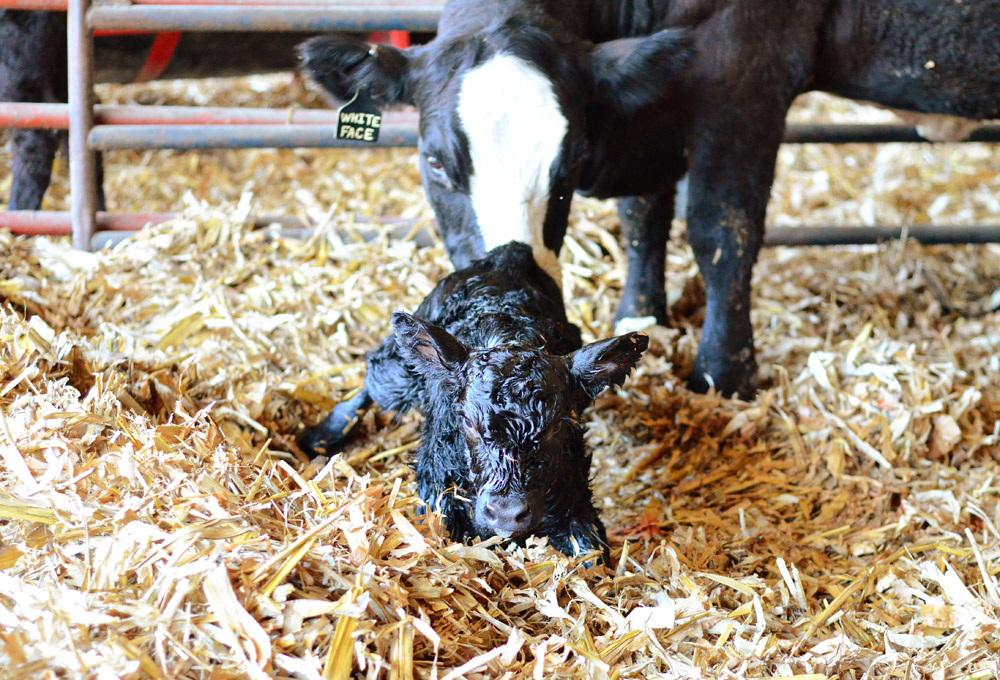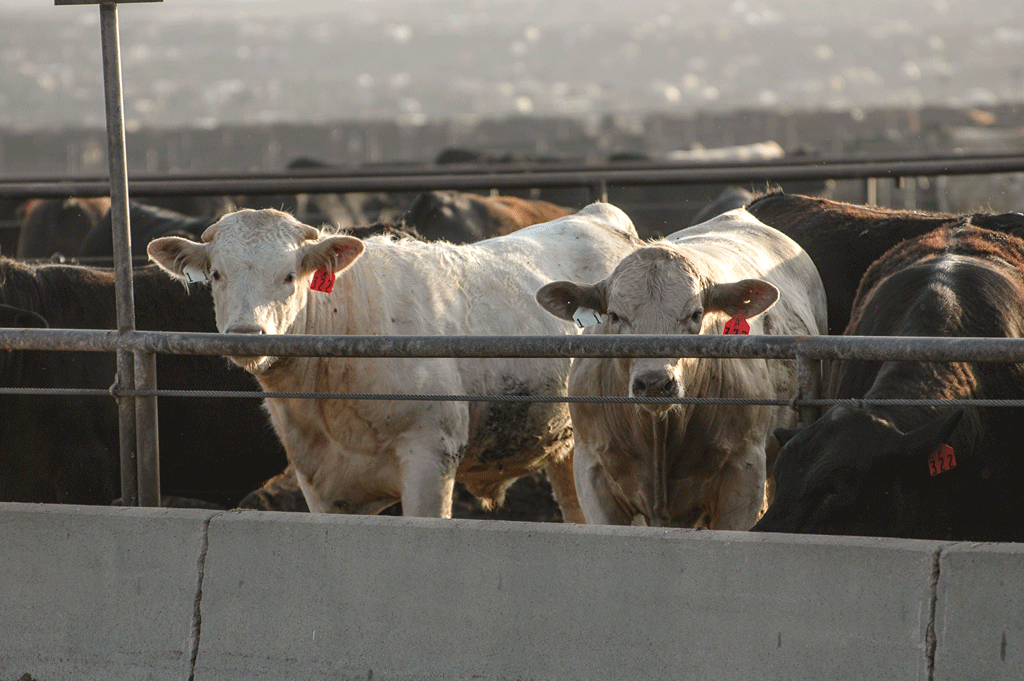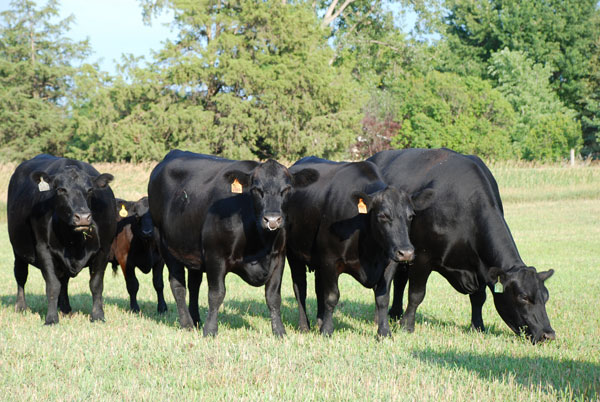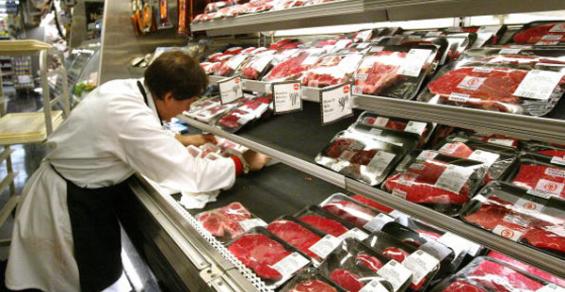Looking at food sales for the second half of 2017 could cause furrowed brows and frowns of concern. But 2017 finished on an upswing, with food sector retail sales in December providing a pleasant surprise, according to the Daily Livestock Report.
Fall quarter grocery store sales were up 3.1% from the same quarter in 2016, the biggest year-over-year quarterly increase for grocery store sales since the first quarter of 2015. Annually, grocery store sales growth has been stable at 2.2-2.3% in each of the last three years. The stage may be set for a breakout year in 2018.
It will be interesting to see if this translates into some positive surprises for meat demand in the next few months. The fastest growth in quarterly grocery store sales during 2017 (spring and fall quarters) also witnessed demand-driven rallies in the beef and cattle markets.
As 2018 dawns and cattle producers look ahead to the end of the first decade of the 21st century, what are the drivers that will shape the rural economy and your future? They are mixed, CoBank says, but point to an improving rural economy.
“The rural economy is uniquely impacted by what happens in Washington, the broader U.S. economy and around the world,” says Dan Kowalski, vice president of CoBank’s Knowledge Exchange Division. “In the coming year, rural America will rise with the broader economic tide, but it will also contend with persistent barriers to prosperity.”
Click here to read the 10 factors CoBank identifies as drivers in your future.

“Heifers that are in stage II of labor (from the first appearance of the water bag until the baby calf is delivered), much more than 1 hour or cows that were in stage II much more than 30 minutes definitely need assistance.” That’s according to Glenn Selk, Extension emeritus animal scientist at Oklahoma State University.
Research has shown calves from prolonged deliveries are weaker and more disease prone, even if born alive, according to the Oklahoma Farm Report. In addition, cows or heifers with prolonged deliveries return to heat later and are less likely to be bred for the next calf crop.
Click here for more advice on when to assist in delivering calves and what to do.

According to the Bureau of Labor Statistics published in 1997, cattle are responsible for the largest number of animal-related injuries. Another study by the Biosystems and Agricultural Engineering Department of Oklahoma State University shows the majority of those happened on cow-calf operations.
No animal is more important than your life or that of someone you love. Whether you are a one-man operator or the largest calf producer in your area, putting safety first while designing or rebuilding your stock pens may keep you out of the next statistical study. These tips, offered by The Cattleman magazine, are designed to do just that.
Click here to learn how to keep you, your family and your employees safe while working cattle.

Although the official start of spring is still several months away, many beef producers are already looking forward to more moderate temperatures and green grass. No doubt, their cattle will welcome the change.
But with early spring grass comes potential problems, among them bloat, grass tetany and hardware disease. Here, from onpasture.com, is a look at how to diagnose and handle common cattle mishaps.




Leave A Comment